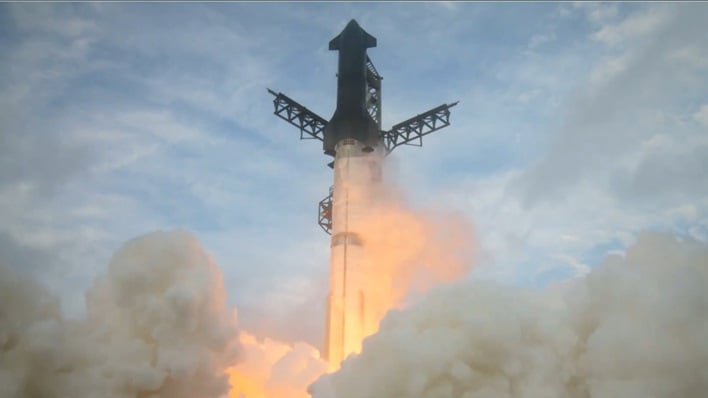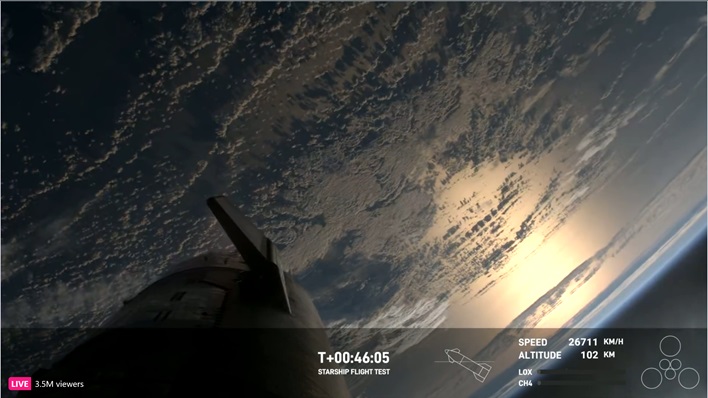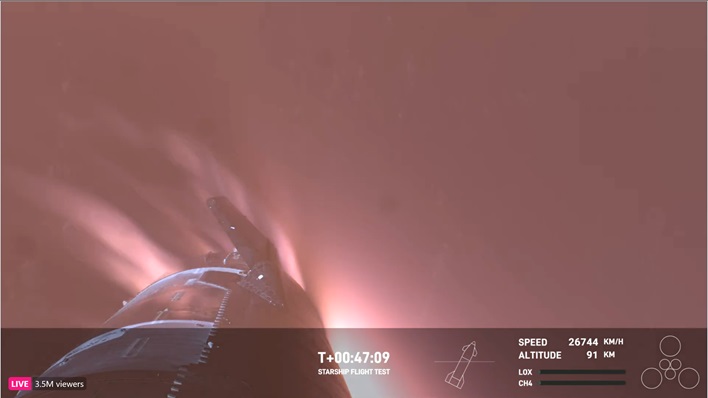SpaceX Starship Test Flight Ends In Wild Reentry Loss With Amazing Plasma Views


Starship launched from SpaceX’s Starbase site near Boca Chica on the Gulf Coast of Texas, less than 24 hours after the company received a launch license from federal regulators. The uncrewed test flight was able to execute a key stage-separation maneuver while approximately 44 miles above Earth. Overall, the test flight lasted far longer than the previous two attempts, with the second major test flight achieving a height three times higher than the first before exploding in air.
Liftoff of Starship! pic.twitter.com/FaNcasuKaq
— SpaceX (@SpaceX) March 14, 2024
Another impressive feat was the fact Starship could maintain a video feed during the beginning stages of reentry, or during plasma burn. The footage was sent back to Earth via SpaceX’s Starlink satellite service. The spacecraft can be seen in spectacular fashion via the video above, as it began heating up during reentry into Earth’s atmosphere.Starship re-entering Earth's atmosphere. Views through the plasma pic.twitter.com/HEQX4eEHWH
— SpaceX (@SpaceX) March 14, 2024

Starship still has a long way to go before it can be deemed worthy of a manned mission, but today’s test flight will give the team at SpaceX a lot of data to comb through in order to bring that dream to reality. Elon Musk remains hopeful that Starship will be able to send astronauts and cargo to the moon sometime this decade, with the ultimate goal of one day sending humans to Mars.

